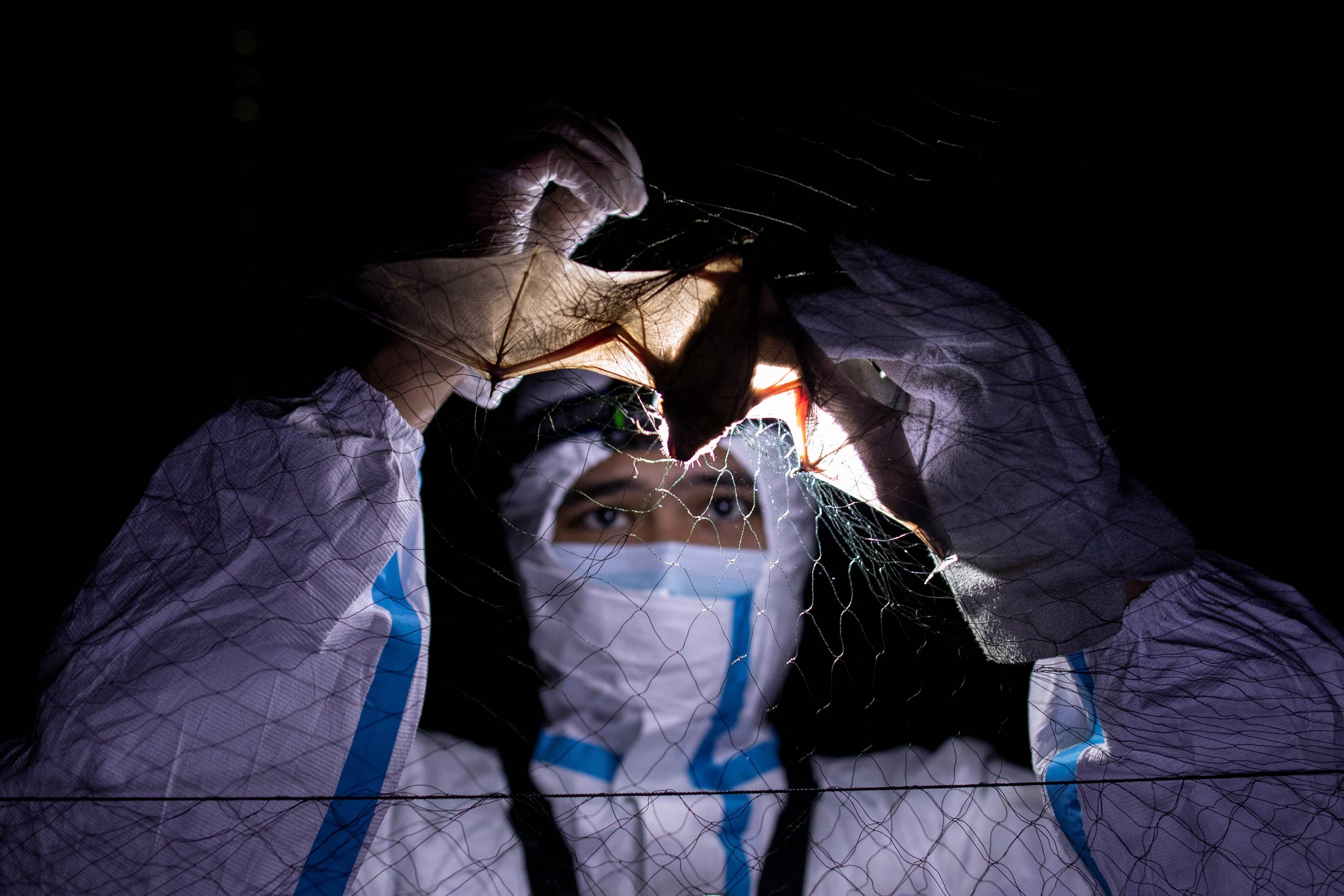Researchers wearing headlamps and protective suits race to untangle the claws and wings of bats caught up in a big net after dark in the Philippine province of Laguna.
The tiny animals are carefully placed in cloth bags to be taken away, measured and swabbed, with details logged and saliva and fecal matter collected for analysis before they are returned to the wild.
The researchers call themselves the "virus hunters," tasked with catching thousands of bats to develop a simulation model they hope will help the world avoid a pandemic similar to COVID-19, which has killed nearly 2.8 million people.

















With your current subscription plan you can comment on stories. However, before writing your first comment, please create a display name in the Profile section of your subscriber account page.